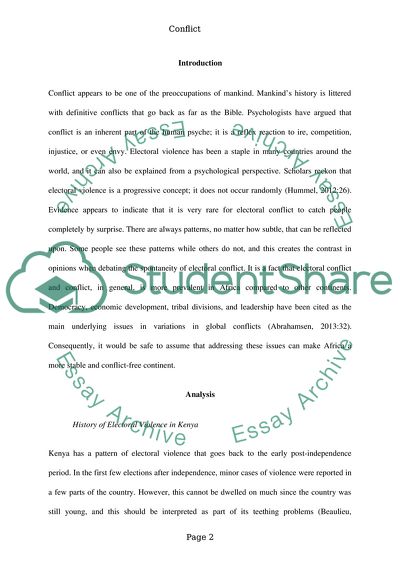Cite this document
(Violence After the General Elections in Kenya Case Study, n.d.)
Violence After the General Elections in Kenya Case Study. https://studentshare.org/politics/1864942-conflict
Violence After the General Elections in Kenya Case Study. https://studentshare.org/politics/1864942-conflict
(Violence After the General Elections in Kenya Case Study)
Violence After the General Elections in Kenya Case Study. https://studentshare.org/politics/1864942-conflict.
Violence After the General Elections in Kenya Case Study. https://studentshare.org/politics/1864942-conflict.
“Violence After the General Elections in Kenya Case Study”. https://studentshare.org/politics/1864942-conflict.


